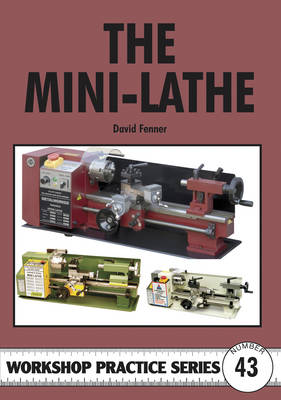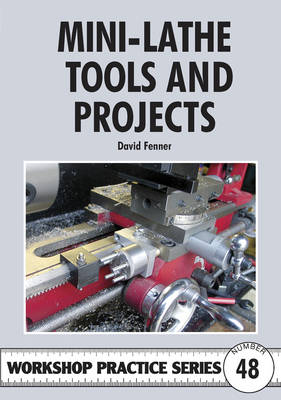Workshop Practice
2 primary works
Book 43
The Mini-lathe has become the best-selling item of machinery in the hobby engineering market - often purchased as a first step by beginners to the hobby. For many years Myford lathes were considered as 'standard issue' for model engineers, but at about one-twentieth of the price of a new Myford, these new Mini-lathes set the benchmark for the future. This book is a complete course on using and improving this new generation of budget lathes. It explains everything from setting up and 'tuning' the machine for best performance to using accessories and carrying out tasks. The Mini-Lathe covers: Safety, Preparing the lathe, Tooling materials & geometry, Tooling up, Getting started, Gear cover, Head stock dividing attachment, Modifications for milling, Improving rigidity, Making a part off too , Guided centre punch, filing rest, use of steadies and chuck depth stop, Toolpost powered spindle, saw table and grinding rest , DRO handwheels, taper roller bearings.
Book 48
This book follows on from the same author's introduction to the Mini-Lathe (Workshop Practice Series No. 43) and presents a series of projects which are intended to extend the versatility of this little machine. In some cases, additional machining capacity will be required, which some readers may find at their local model engineering club. The book covers the Mark 2 Mini-Lathe, and specific tools such as the radius turning attachment, the tailstock and the dividing head, and includes techniques such as taper turning and knurling. Whilst specifically written for the Mini-Lathe, some of the projects in this book can equally be applied to other small model engineering lathes and in many cases the concepts can be scaled to suit other equipment.

